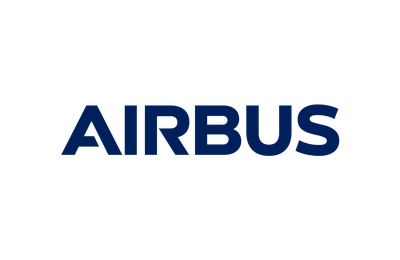2016 Competition: Solving the Space Solar Power Puzzle

Project Specifications
Your assignment is to identify current and future advances in launch systems, small sats, lunar or asteroid mining, space assembly and manufacturing, optical communication and other fields that will make it possible to place solar power generating satellites into GEO orbit, as well as physical, safety and regulatory obstacles that such a system will need to overcome in transmitting that power to the Earth’s surface. In addition to issues of manufacture, launch, technology and the return of power to Earth, consider the command and control needs of the orbiting platforms or multi-spacecraft arrays and the need to avoid or overcome interference with satellite communications in LEO, MEO and GEO orbit. You may also consider the potential impact that large-scale, space-based sources of power in orbit could have on robotic or human space transportation, exploration or colonization. Your submission should address as many of the following topics as possible:
- Engineering and technology requirements for an array of up to 3 stations/arrays in orbit
- Command and control communications, as well as avoidance of interference with LEO, MEO and GEO communications and earth observation satellites
- Assumptions about technology improvements in space-based assembly or manufacturing, launch and other key areas
- Regulatory and political issues related to beaming of power to Earth and how to build and maintain support
- Likely time-frames and costs for the mission(s)
- Potential benefits for space transportation, exploration or colonization
As in the 2015 competition, submissions are judged first on the quality, depth, and rigor of the work presented, and secondly by the breadth of the work in terms of topics covered. Click here to watch a video blog by Robert Bell about the upcoming competition.




